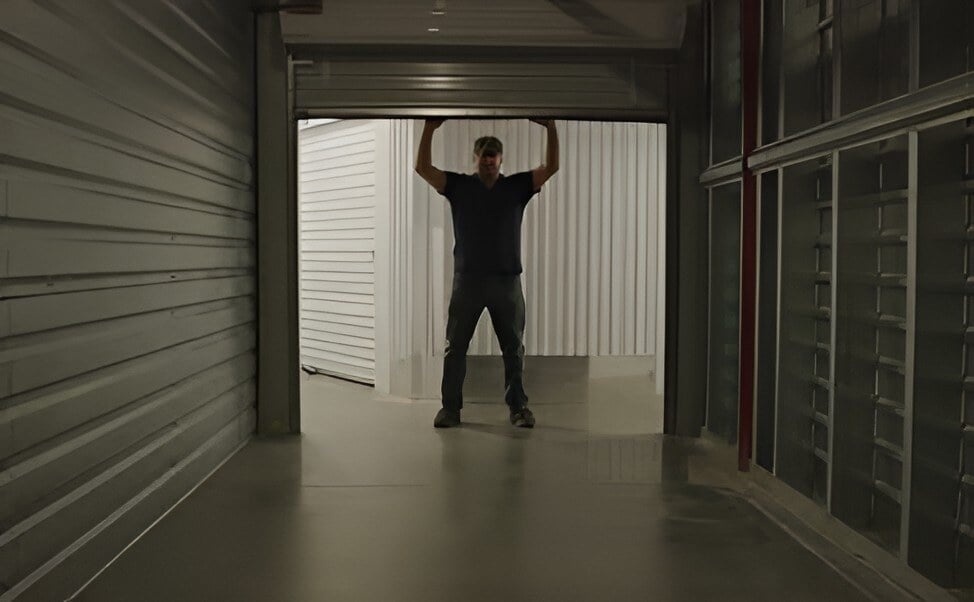
By Mikal Christopherson
You are likely familiar with the term “black box” from news reports about crashed airplanes. However, the term is also used by engineers to describe an opaque system in which the inner workings are not clearly understood or seen. You can see the inputs, you can see the results, but can’t see how the sausage was made. That probably makes Congress a Black Box and perhaps it’s just as well that it is!
This article will explain this banker’s view of a Black Box as an underwriting concept within the self-storage lending unit that I am a member of: how we are approaching underwriting new developments in the market, seeking to use an elevated approach to data mined from various sources that provides a predictive conclusion.
Within the industry we have seen some appraisers employ a proprietary model for underwriting new locations, while some customers have put a lot of effort into developing an approach that works for them. But in our interactions with operators in the industry, most fall back on the square foot supply/demand ratio as its primary method for ascertaining whether a location will be successful or not. We ask ourselves: Is this really the best approach? Is it really so simple as to note the national supply average of storage in the country is 7.55 square feet per capita? Should we (depending upon the data source) develop new locations in markets below that threshold and avoid markets above that threshold? And what about markets where the new product takes the supply up to the assumed equilibrium ratio? Is that still a good idea? The fact is we all know that there is a lot more that goes into it than analysis compared to the national average. Some markets we wouldn’t want to exceed 4 or 5 feet of supply while others are rip-roaring solid at 10. Therefore, noting the supply/demand ratio in the market vs. the national average is a nice place to start, however, if we as an industry are going to successfully expand our supply without endangering the good thing we have going, a deeper dive needs to be done.
For instance, on a recent project I financed in the Western United States, the customer provided the typical supply ratio data that we are all accustomed to. We noted the following:
- The MSA was supplied at a level below the national average which was good.
- The 3-mile market area supply was less than the supply in the overall MSA which was another good sign.
- All of the competitors in the market were older locations that were enjoying excellent occupancy rates which gave a us lot of confidence the project would succeed.
We could’ve stopped at that point, confident that we were underwriting a project with high degree of probable success.
But in addition to that analysis, our appraiser crunched the data of the local market and provided us a square foot demand figure as opposed to the usual supply figure. In this case, the appraiser indicated that actual demand for the product exceeded the supply at a level sufficient to absorb the square footage of the new project. This was the final piece of comfort that gave us full confidence in approving the loan and proceeding to origination.
For us, it’s nice to know the supply ratios but it’s even better if we can attempt to predict demand with intellectual honesty based on good market data. We see using black box methodology to help predict the success (or failure) of a new self-storage facility in a new market using a higher level of sophistication and modeling to understand actual demand as the next step in our evolution to being prudent self-storage lenders in the market.
As mentioned in the introduction, a black box is an opaque system where the inner workings are not easy to see. This is certainly true of the models we see being used by the appraisal community including the one used on the deal I just referenced. We applaud their efforts even though at this point we can’t really draw much context from their methods other than to observe the result and compare it to what we know. It’s good to see the effort being made to develop such approaches and we believe this will become more common place for all serious operators in the industry. The product the industry provides gets to the heart of the American consumer and using more sophisticated methods to analyze and attempt to explain the behaviors of our client base are definitely welcome.
As for how we bankers are approaching the market using such methodologies, we are seeking to do a better job just like most of you. We work with our vendors, we analyze demographic data looking to meet certain minimum levels and we layer in data about the competition to ensure the unit mix will be supported by the market, we then compare those results to known historical results of the competition to make sure it is reasonable. We are constantly looking to improve our methods and believe that over time we will hone our approach to one that is consistent and gives us confidence.
But it doesn’t end there. As a commercial banker, we are paid to finance some element of risk. As a banking industry, our risk tolerance has certainly evolved over the last 10 years but it doesn’t mean we completely avoid it. For those new developments where the results of black box analysis suggest a tighter window of opportunity, we can offset the risk by asking for more equity, agreeing to do such deals with better capitalized borrowers, or ensuring the budgets have sufficient reserves and contingencies so that any deal with slow absorption rates have the capital to achieve stabilization.
As we have witnessed the market heat up and development of new locations start to surge, we are mindful of the things that got is in trouble in the past recession. We have no desire to go through that again! I don’t think anyone does. But time heals all wounds and as the good times roll again, it is easy to slide here, extend there, and before we know it, we are back doing the same things that got us in trouble in the last time. We believe sound underwriting and prudent lending will help keep the next downturn from being catastrophic to the industry. It is incumbent on all new developers of product in the market to do so wisely and if we are successful, we will all continue to enjoy the fruits of success in this fascinating sector. Using better methods of analysis in underwriting new locations, be it black box or something else, will only help the operator and the industry at large manage itself safely through the inevitable business cycles that lay ahead.
 Mikal Christopherson
Mikal Christopherson
Vice President
TCF Commercial Banking
630.986.7065
mchristo@tcfbank.com


















